7 Rocket Launch Photos Of Historic NASA Missions
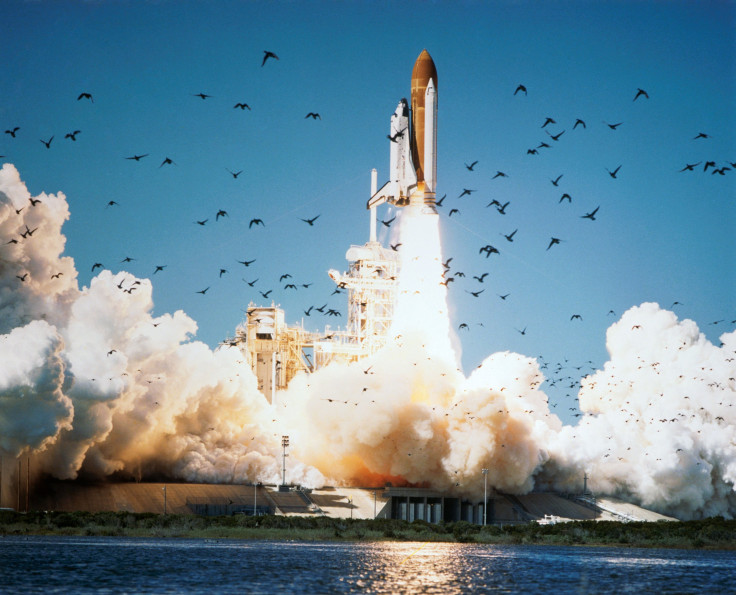
Rocket launches have given us immense displays of power for decades, going all the way back to the 1940s, when people fired off the first ones that were able to reach space.
Although the takeoffs of the past seem to pale in comparison to the tremendous liftoffs of today — which include SpaceX’s Falcon Heavy, the most powerful rocket ever operated — they are still enormous shows of might and a testament to how far humans have pushed technology. They also offer a photo history of NASA’s most historic missions.
Explorer 1
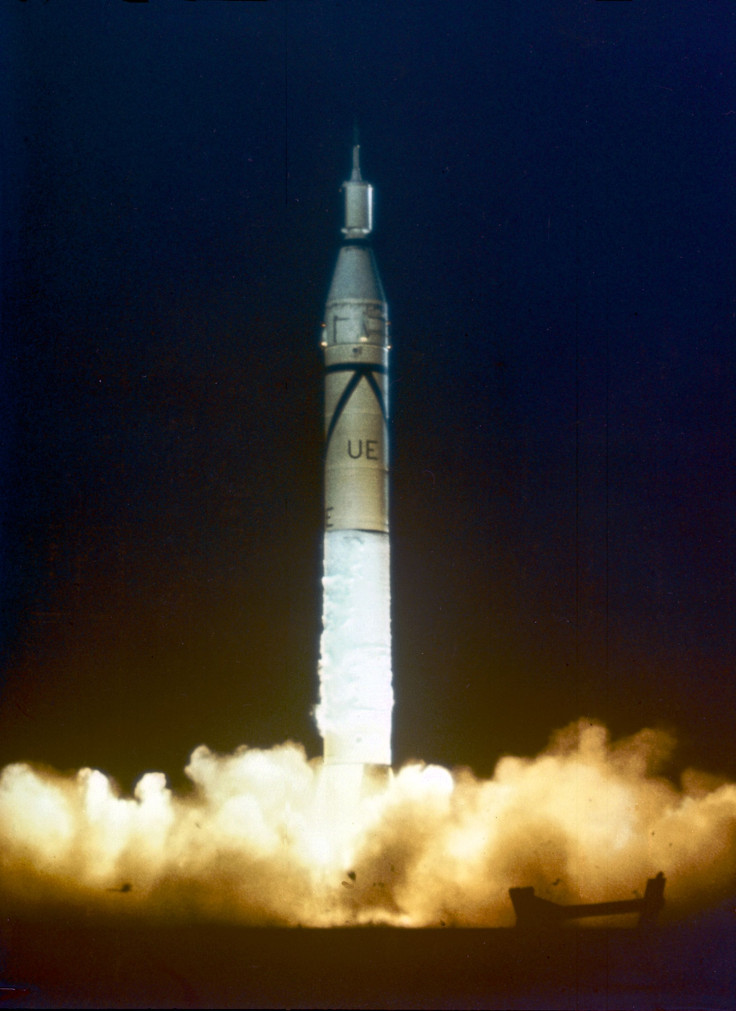
When NASA launched a Jupiter-C rocket, a modified version of the Army’s Redstone rocket, on Jan. 31, 1958, it was sending the first American satellite into orbit. Explorer 1 wasn’t just for show, to catch up to the Soviets, who had launched the first-ever artificial satellite Sputnik 1 the year before; it was on a scientific mission. The satellite was carrying an instrument to measure radiation around Earth.
Explorer 1 stayed in orbit until March 31, 1970.
Friendship 7

About four years later, NASA sent up the Mercury-Atlas rocket that was carrying astronaut John Glenn in his spacecraft Friendship 7, which he used to become the first American to orbit the Earth.
Glenn stayed in space for almost five hours before he splashed back down onto the planet.
Apollo 11
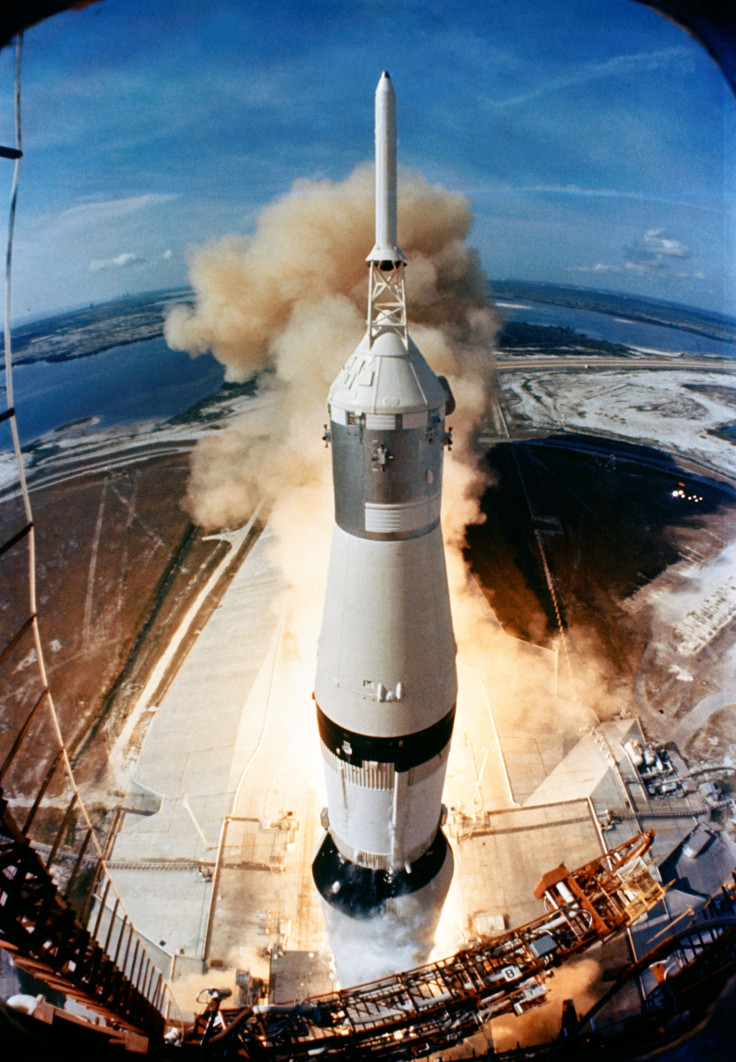
The Saturn V rocket launch in July 1969 is one of the most famous liftoffs in history because it brought the first humans to the moon. After takeoff, astronauts Neil Armstrong, Buzz Aldrin and Mike Collins headed over to Earth’s only natural satellite and the former two took the first steps on the lunar surface.
Apollo 13
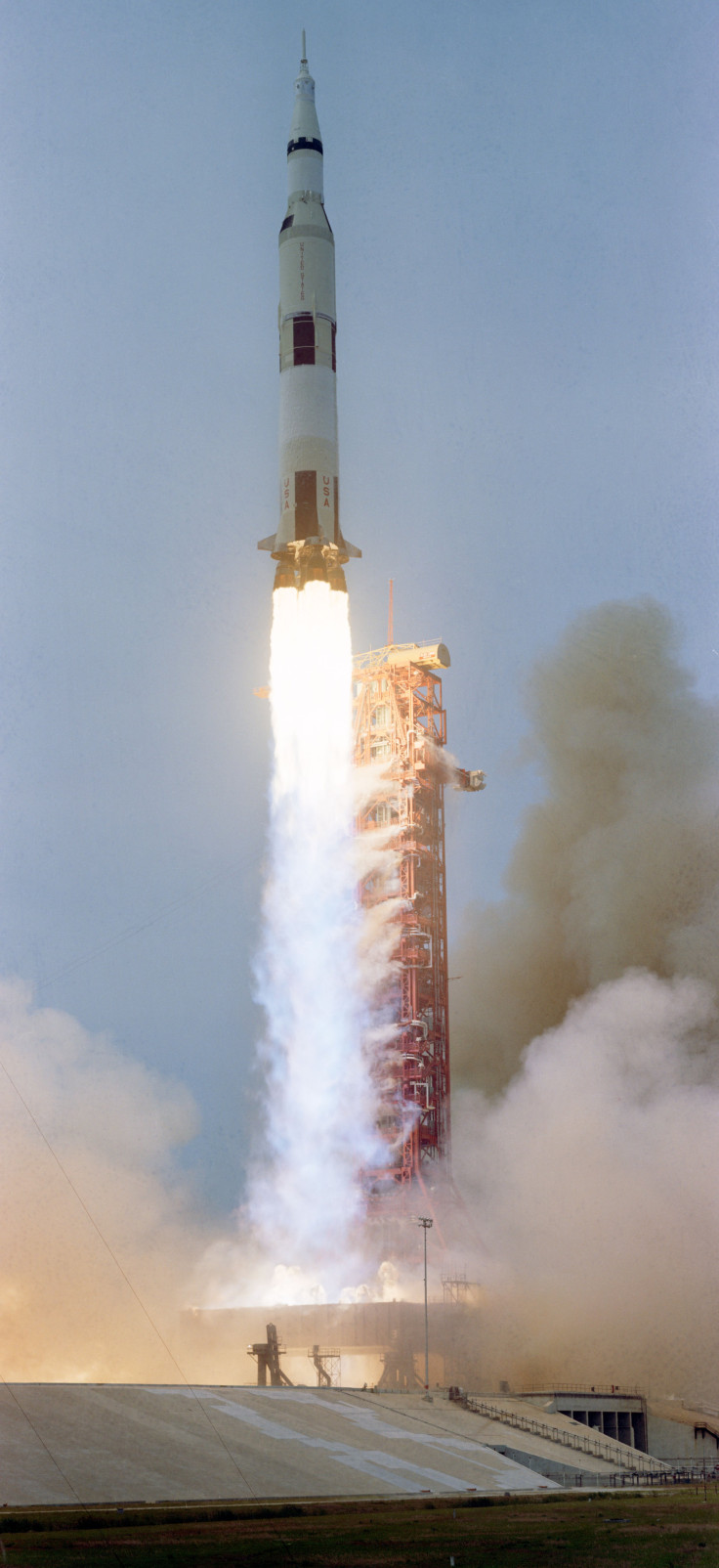
The “successful failure” of a mission that was Apollo 13 kicked off with a Saturn V rocket launch in April 1970. Astronauts Jim Lovell, Jack Swigert and Fred Haise were carried into space with a plan to reach the moon, but technical problems forced them to turn back before they made it.
Apollo 17
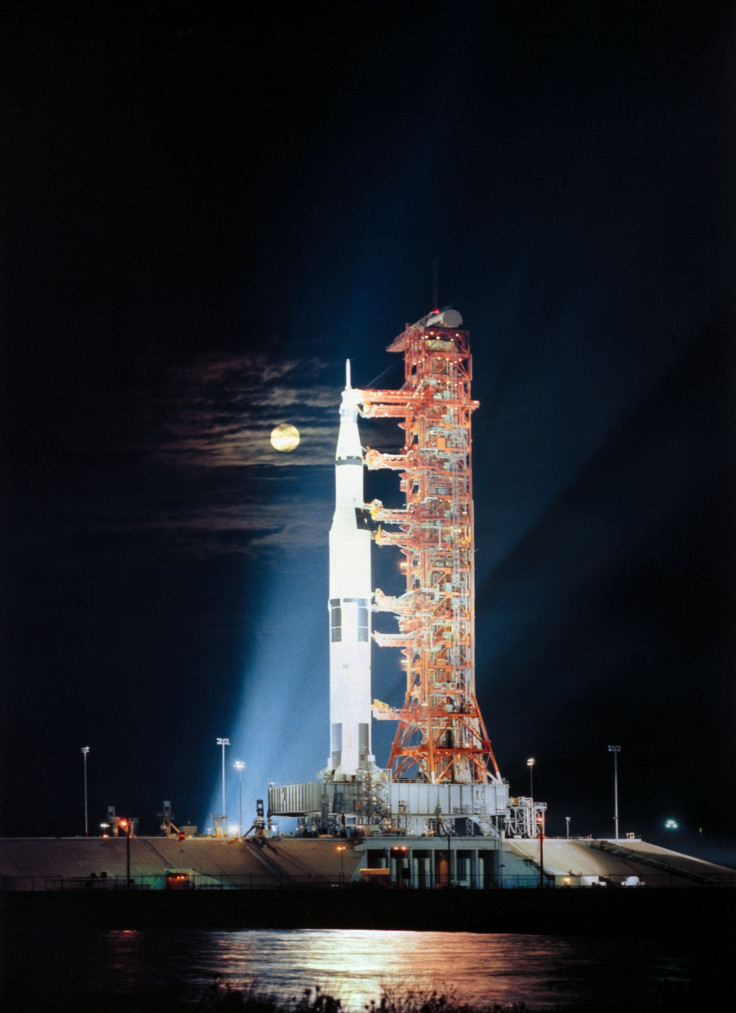
The Apollo 17 launch is special because even though it took place more than 40 years ago, it was the last mission to send humans to the moon. A Saturn V rocket blasted astronauts Ron Evans, Jack Schmitt and Gene Cernan into space in December 1972.
Voyager 1

In September 1977, NASA’s Titan IIIE rocket, with a Centaur-6 upper stage, launched the Voyager 1 spacecraft into space. The spacecraft has been traveling to the edge of the solar system ever since and has gone farther than any other man-made object. It has traveled more than 13 billion miles.
Challenger
The Challenger launch in January 1986 is the most famous of the space shuttle’s takeoffs because an explosion killed its crew and destroyed the shuttle 73 seconds into the flight. It was riding on a pair of Space Shuttle Solid Rocket Boosters at the time of the accident.
That rocket booster system was used throughout NASA’s space shuttle program.
Although Challenger is remembered for the explosion in 1986, it had a few years of successful launches and missions before that.
© Copyright IBTimes 2024. All rights reserved.





















